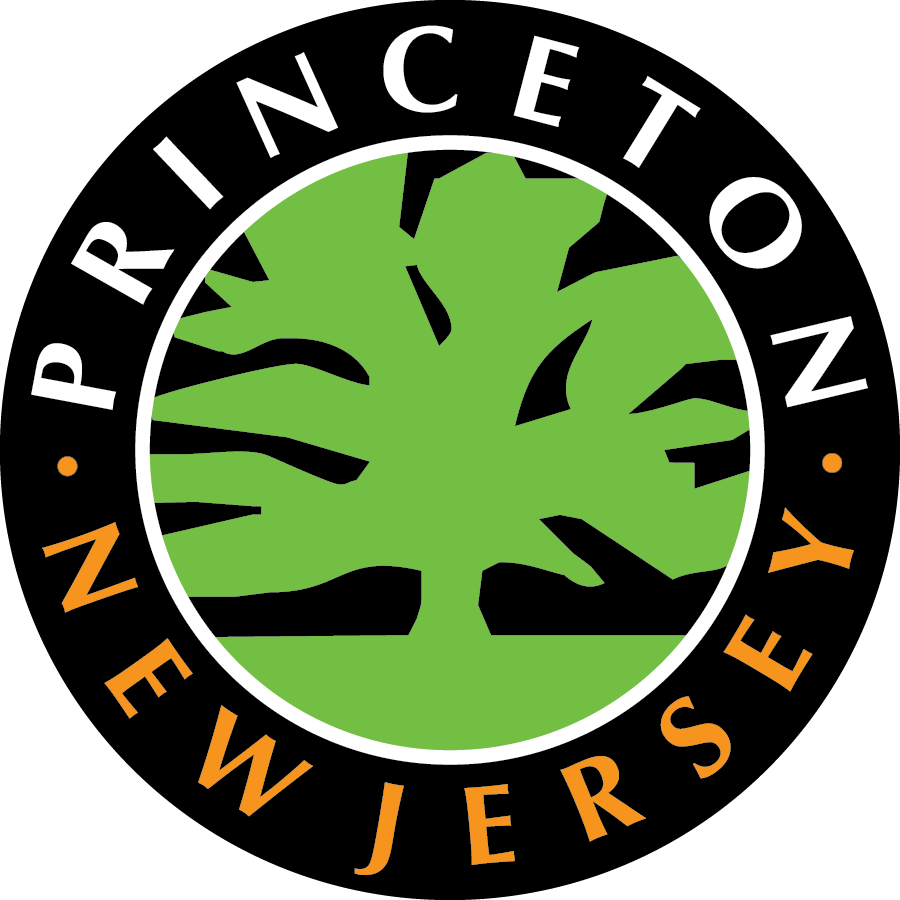Princeton officials have extended the deadline to fill out the Community Visioning Survey, which asks residents and visitors what they think the town should look like in 20 years, to Nov. 6.
The survey, which is part of the Princeton Master Plan process, is available online at https://engage.princetonmasterplan.org. The deadline had been Oct. 31, but officials extended it to give people more time to comment.
The Community Visioning Survey, which has been online since mid-September, is not the same one that residents and visitors filled out during the summer, said Acting Planning Director Justin Lesko.
The earlier “Tell Us What You Want” consumer survey, which was online during the summer, sought input for an economic analysis that will become an appendix to the Princeton Master Plan, Lesko said.
The Community Visioning Survey is focused on broader issues that make up a municipal Master Plan – from land use and housing development to historic preservation, open space and recreation, he said.
By state law, all towns must adopt a Master Plan. It spells out the community’s vision for how and where growth should occur. Princeton’s Master Plan was adopted in 1996 and updated in 2001, 2007 and 2017.
The survey asks respondents about their connection to Princeton – whether they live in town, work in town or go to school or visit the town. It also asks where they lived or grew up in Princeton.
If they live in town, respondents are asked to pinpoint their neighborhood from a map on the questionnaire.
It asks about the type of home the respondents live in – a single-family house, a townhouse, a duplex, a multifamily property, a dormitory or an accessory dwelling unit – and whether they own it or rent it.
A related question asks the respondents to rank the importance of housing types, such as two-family buildings, multifamily properties of up to 10 apartments or less than 10 apartments, housing for senior citizens and single-family houses on small lots.
They are asked to rank the five things they like most about Princeton, such as historic character, parks and recreation, the variety of shops and restaurants, the variety of housing styles, being able to ride a bicycle to one’s destination, the low crime rate and access to Princeton University and private schools.
Respondents are asked to rank the five most challenging aspects of living, working or visiting Princeton – the high cost of living, tear-downs in residential neighborhoods, new construction and development, the income or wealth gap, and traffic congestion.
Another question seeks respondents’ top three issues or trends that the Master Plan must address – from preserving historic homes and neighborhoods, to protecting the environment, improved safety for bicyclists and pedestrians, and expanding job opportunities.
The survey results will be shared at an open house on the Princeton Master Plan at the Princeton Public Library Nov. 30, officials said.

